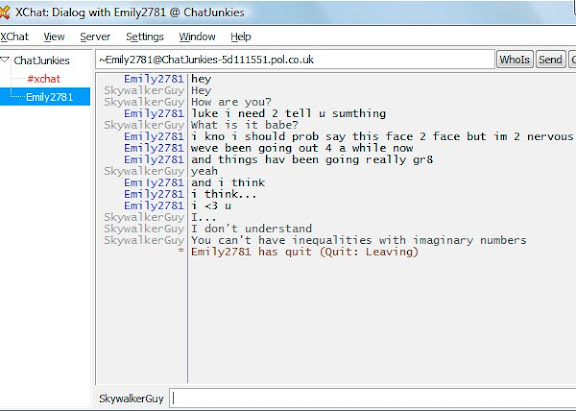Tech giants Microsoft and Yahoo reached a long-awaited partnership on Wednesday in a bid to challenge Google, which holds a 65 percent market share in online search. The two companies have plenty of challenges now, but the ground rules have been set: Yahoo's job is to be an online hub, and Microsoft's job is to out-Google Google
Under the 10-year deal, Microsoft would provide Yahoo with the Search Engine Technology with its Bing Search while Yahoo would handle the Advertising part from its huge traffic.
In exchange, Microsoft will pay its partner Yahoo with 88% of the search revenues generated on yahoo sites.
According to Microsoft chief executive Steve Ballmer, the deal will allow Microsoft to "create more innovation in search, better value for advertisers and real consumer choice in a market currently dominated by a single company".
A Yahoo-Microsoft partnership would mean about 28 percent of Internet searches would be performed on their combined platform, according to figures from ratings firm ComScore.
That would still be less than half of the about 65 percent market share of Google Inc., which has long dominated the search space.
Last year, Microsoft attempted to buy Yahoo for more than $45 billion, an unsolicited bid Yahoo rejected, but the Redmond, Washington-based software giant has long had Yahoo's search business at the top of its wish list, and the two had reportedly been in discussions for months.
Yahoo estimated the deal would add $500 million to its annual operating profit, as well as saving it around $275 million in expenses related to developing and maintaining its own search technology.











